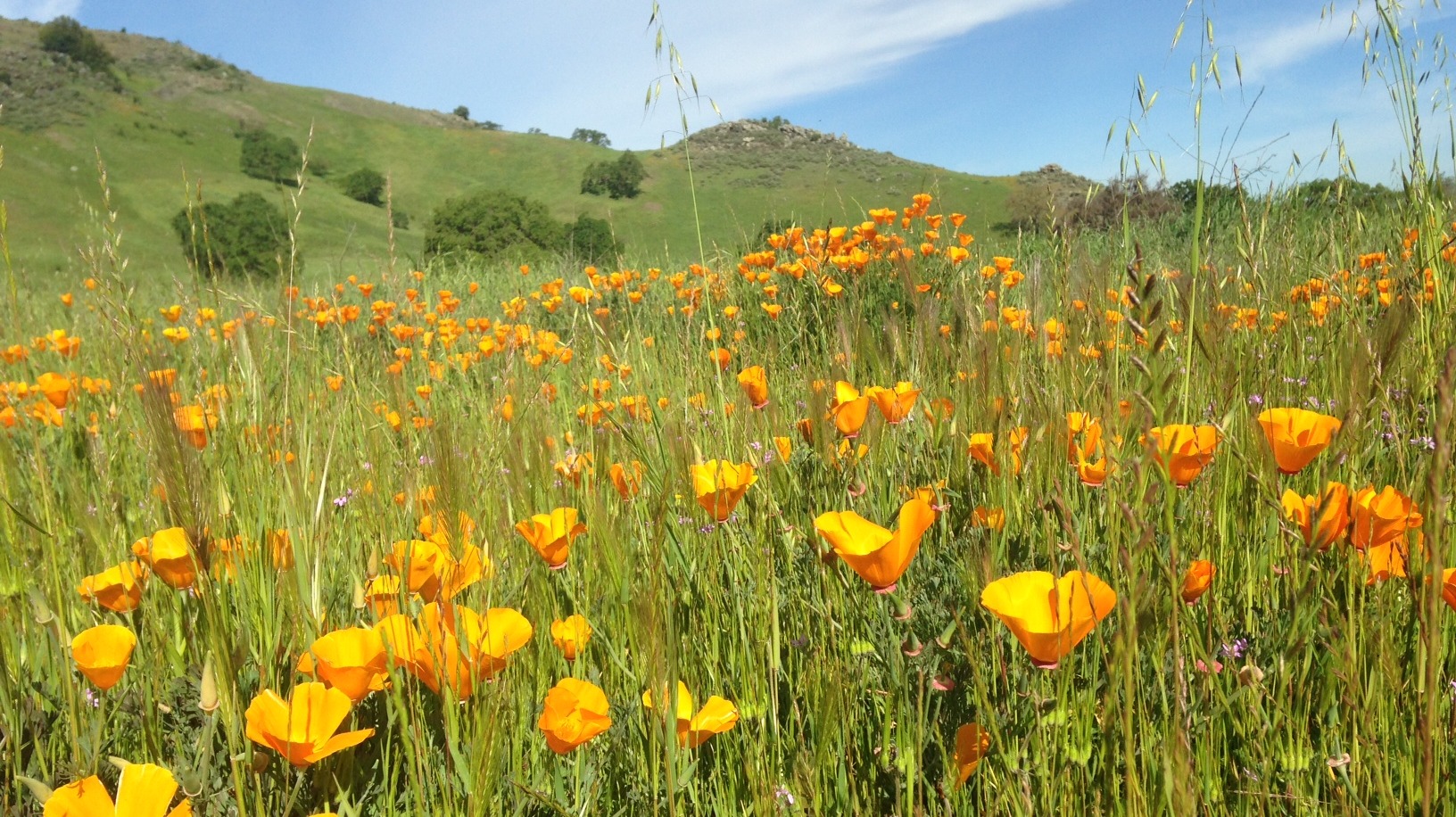After weeks of heavy rain, hillsides are turning green, and it’s beginning to feel like spring is right around the corner. You may know that spring is "baby season” for local wildlife like ground squirrels, bobcat kits, and red-tailed hawks, but did you know the same is true for native plant life? Plants are also preparing to create new life, and in fact, this preparation happens all year long.
Perennial plants, like milkweed, come back every year. They die back to the root in the winter, and appear dead, but when conditions allow, they grow back.
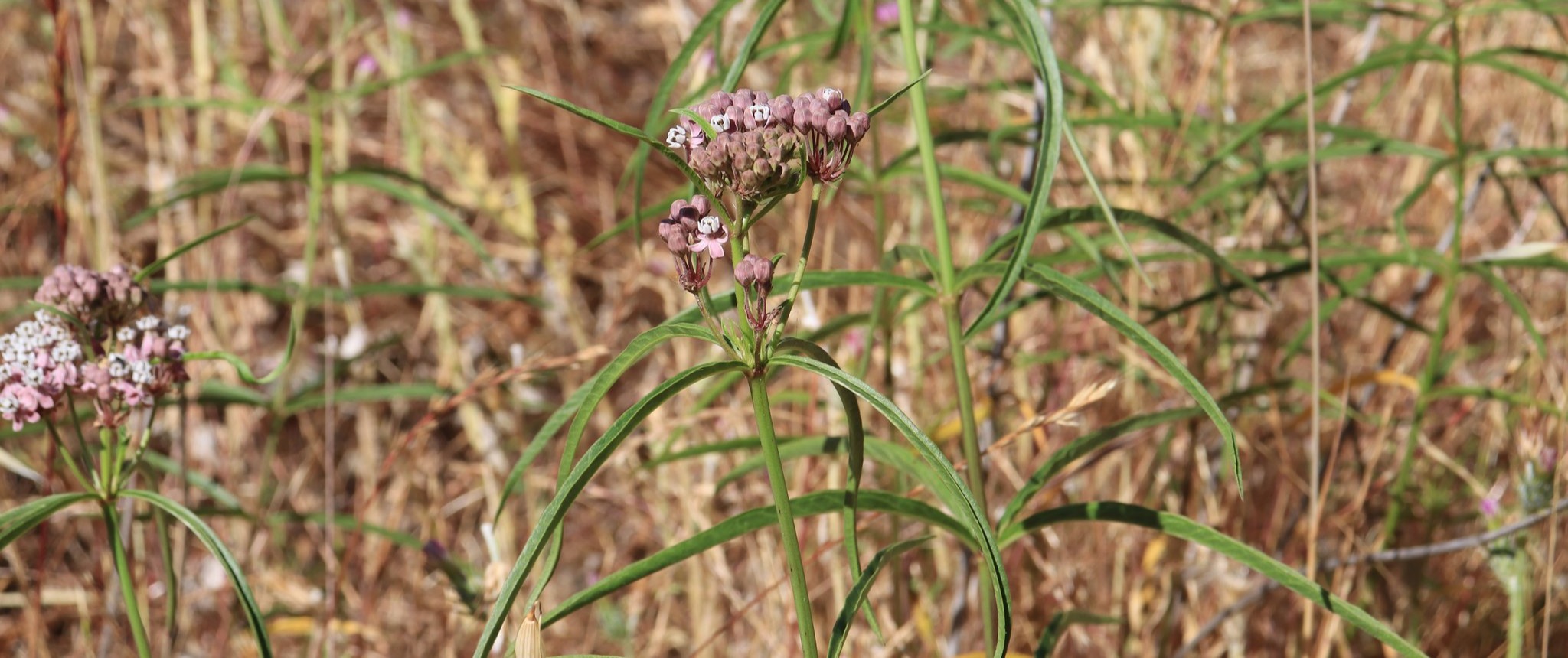
Perennial plants, like this milkweed, die back to the root in the winter but grow back when conditions allow (Kat Hill)
Perennial plant seeds come well prepared for spring: these seeds contain the plant embryo and come packed with their first meal of nutrients hat will help it grow in the spring! When conditions allow, after rains bring water and as the weather becomes warmer, the seed will germinate and begin to grow.
In the first stage of a new perennial seedling’s life, it uses those nutrients it came bundled with to sprout its first leaves and sends down its first roots to begin gathering more nutrients. Preparing for spring means preparing to store energy from sunlight and soil nutrients into their roots for the cold winter. These plants need to store enough energy throughout the summer and fall to sustain themselves when they have no leaves.
The first two to four leaves of a plant are called cotyledons. They sprout from the germinated (fertilized) seed and are the plant’s first opportunity to photosynthesize. These few leaves take energy from the sun and begin the process of storing them in roots.
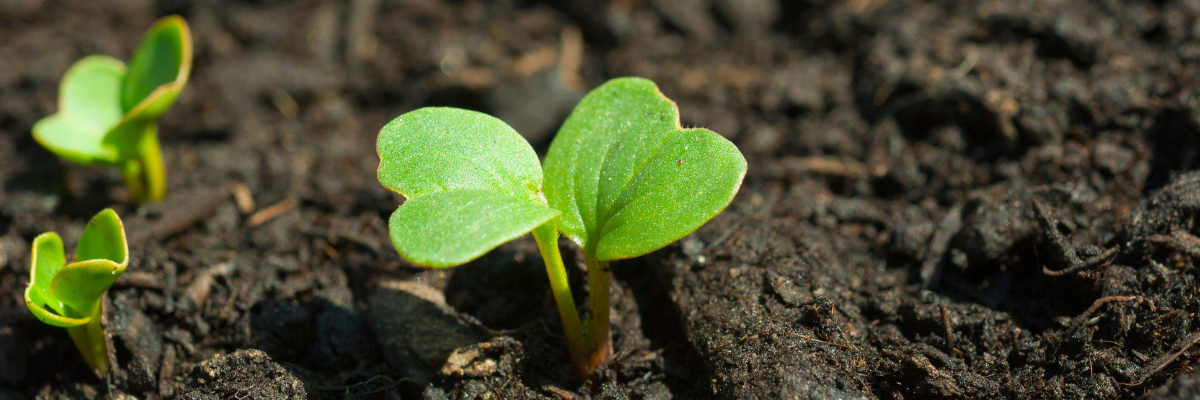
"Cotyledons" are the first two to four leaves of a plant
When springtime rolls around, many perennials will have established cotyledons, and from there, they focus on growing more leaves – not necessarily flowering (yet). Rather than worrying about reproducing (which takes a lot of energy), the main priority of many perennials is photosynthesizing with their leaves and absorbing water and nutrients with their roots, to store as carbohydrate rich future food in their roots. They’ll do this all throughout their first spring, summer, and in some cases fall.
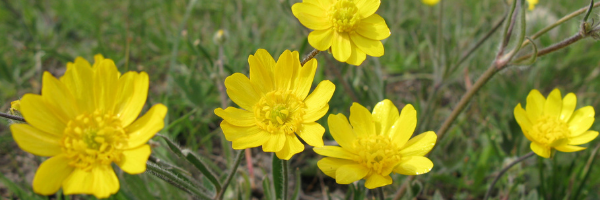
The California buttercup (Ranunculus californicus) is another native perennial plant
The perennial plant, after its first winter and beginning its second year of life, now prepares to grow flowers and make seeds and start the cycle of life anew. In this second spring, with its now well-established root system, the plant shoots up stalks rapidly and sends outs its leaves. Now, the plant sends most of its energy towards growing flowers. These flowers disperse seeds that will wait in the soil for proper conditions, then germinate, and begin the process over again.
Annual plants, like tidy tips, are quite different: unlike perennial plants, annuals only have one year to live- only one spring to prepare for, only one spring in which to grow, reach maturity, and send out seeds. These plants spend their whole lives preparing the seeds that will replace them in the next spring. Annual plants grow in the spring and die in the winter of just one year, so reproduction is a priority.
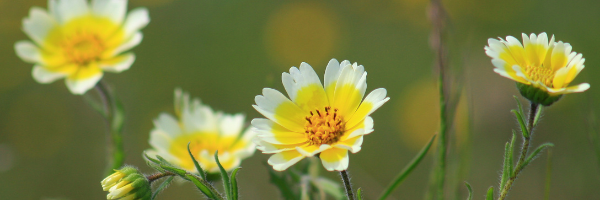
Tidy tips (Layia platyglossa) are annual wildflowers
Similar to perennials, seeds of annual plants sit in soil, often for years at a time, waiting for proper growing conditions which usually happen sometime in late winter. Once the seed germinates, it begins to grow cotyledons that pop out of the ground and begin photosynthesizing. From there, it’s go-time.
The plant has one year to grow as much as it can. It grows more and more leaves to gain as much energy as it can, until it has enough stored energy to produce seeds (like for animals, reproduction takes vast amounts of energy). Once it does, the plant flowers, gets pollinated, and produces seeds, which drop any time from late summer to late fall.
When winter rolls around, the plant dies back completely. Their roots don’t survive, but their seeds do, and wait to create the next generation of the plant in the spring.
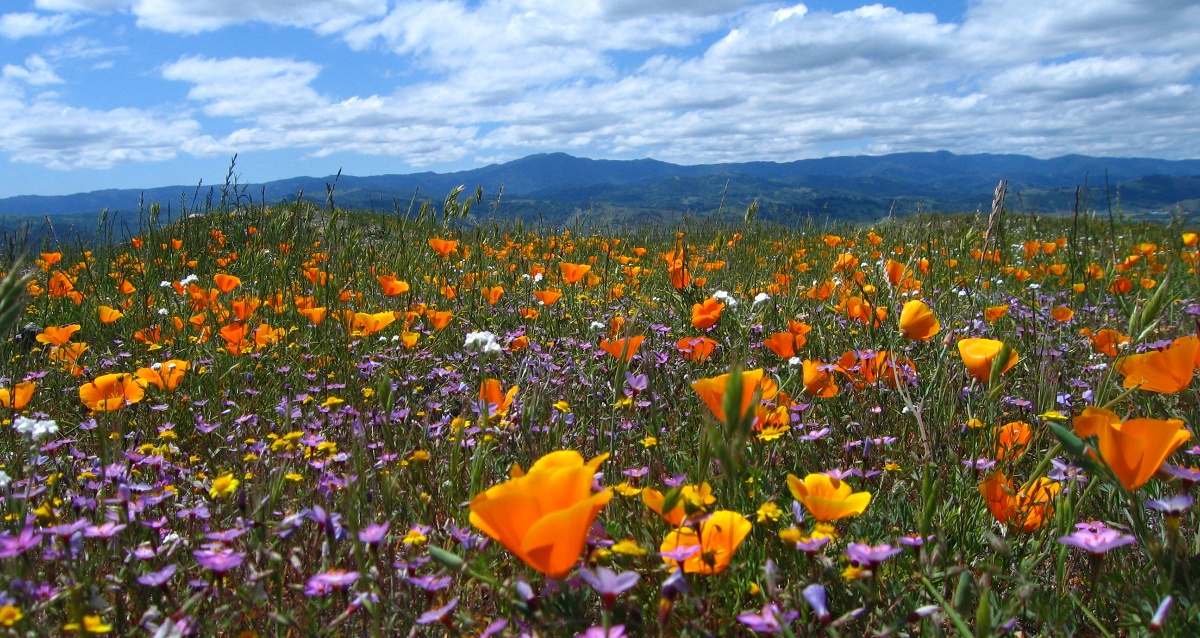
The Santa Clara Valley is home to a variety of native (and non-native) annual and perennial plants, which serve different purposes. Having a mixture of both annual and perennial plants in local ecosystems is critical for the wildlife that depend on them for survival, therefore, understanding the lifecycles of plants is critical for the Open Space Authority’s restoration efforts.
One of these efforts is invasive species management, including the agency’s Early Detection Rapid Response program. Understanding the lifecycle of invasive or nonnative plants is key to limiting their spread which creates competition for space, sunlight, and water for native plants.
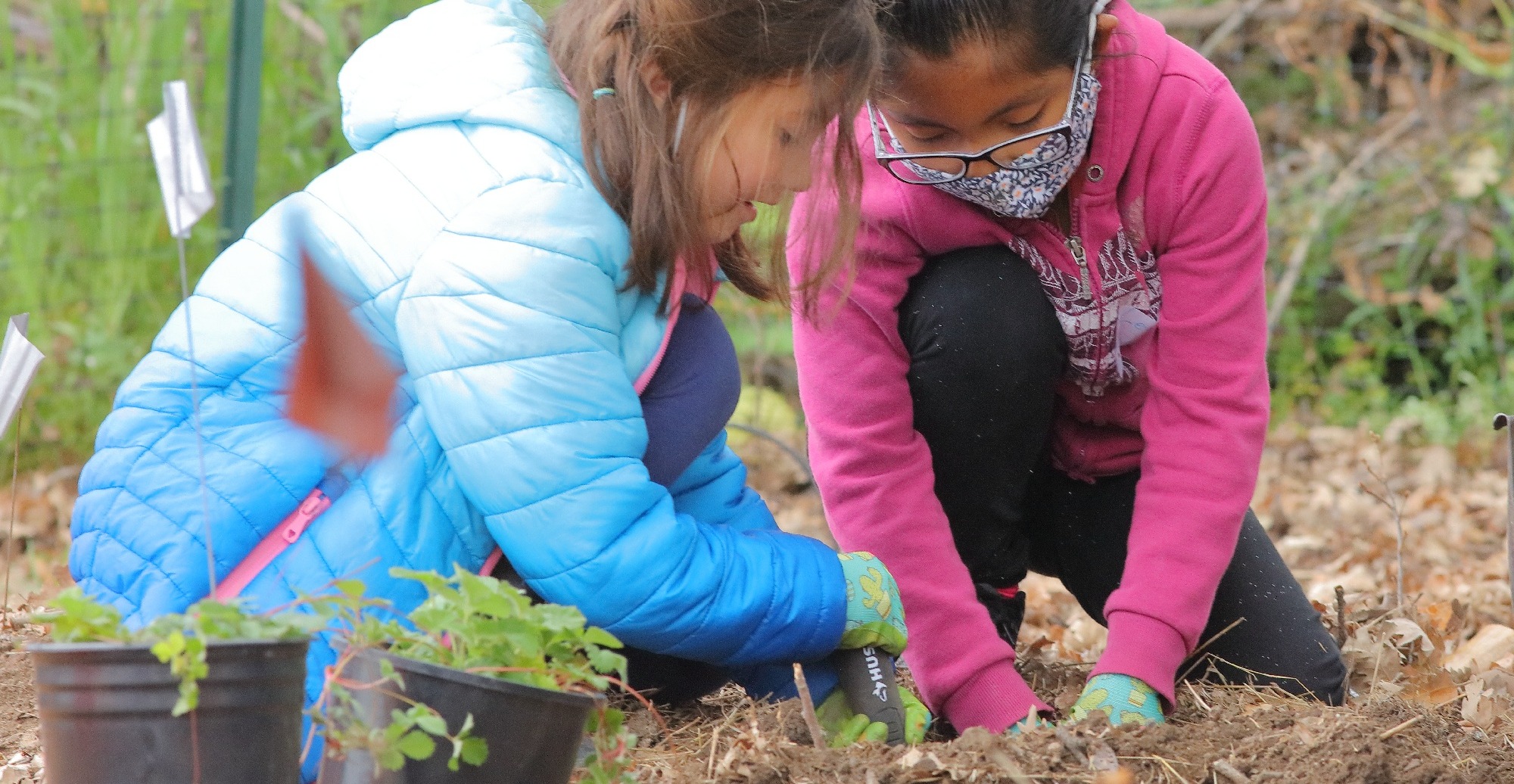
The Open Space Authority worked with Point Blue Conservation Science and local elementary schools to host multiple plantings at Fisher’s Bend in Coyote Valley(David Mauk)
Additionally, the Open Space Authority does regular plantings throughout the region to restore landscapes and support biodiversity. Last year, the agency worked with Point Blue Conservation Science's "Students and Teachers Restoring a Watershed" program and local elementary schools to host multiple plantings in Fisher’s Bend, part of Coyote Valley’s critical floodplain. Working diligently with volunteers, the Open Space Authority is also transforming the Furtado Barn Restoration Area at Sierra Vista Open Space Preserve, with hundreds of new native plants growing and thriving.
The Open Space Authority proudly works to restore and protect the rich biodiversity of the Santa Clara Valley. Protecting the variety of native species that call this ecosystem home will support both animal and human animal communities. To learn more about the Open Space Authority’s restoration work, click here.
